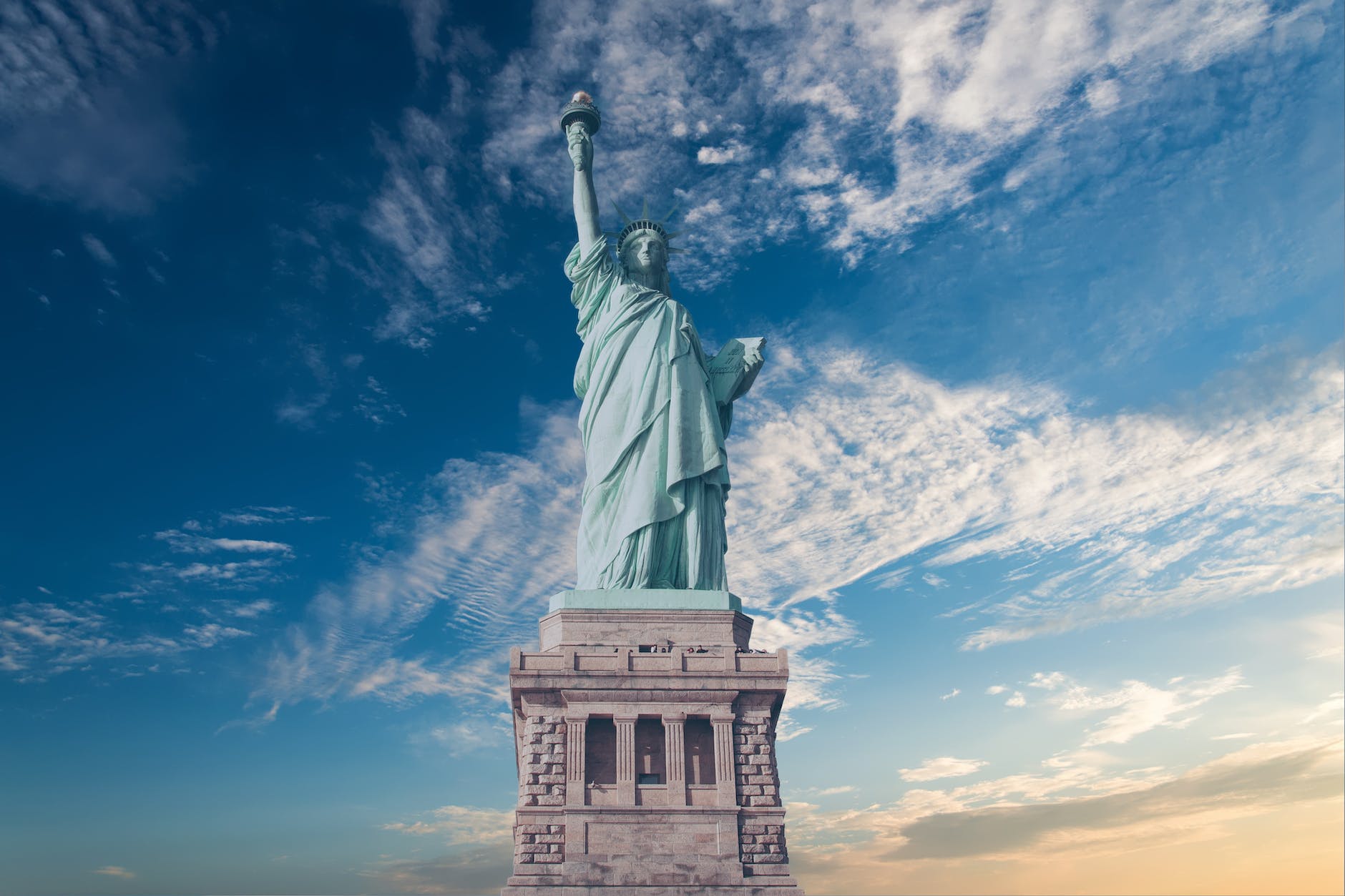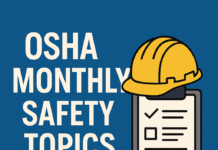
Occupational Safety and Health Regulations in the USA
Occupational Safety and Health Regulations in the USA : In the ever-evolving landscape of occupational safety and health regulations, the United States has been at the forefront of ensuring the well-being of its workforce. This comprehensive guide will take you through the intricate web of regulations that govern workplace safety and health in the USA. From the origins of these regulations to their impact on businesses and employees, we will delve into this vital topic.
1. Introduction to Occupational Safety and Health Regulations
Occupational safety and health regulations in the USA are a cornerstone of workplace safety. These regulations are designed to protect employees from workplace hazards, ensure a safe working environment, and prevent accidents that could result in injuries or fatalities. Let’s embark on a journey to understand how these regulations came into existence and how they impact businesses and employees today.
2. Historical Perspective: The Birth of OSHA
The history of occupational safety and health regulations in the USA can be traced back to the early 20th century when industrialization was at its peak. The lack of safety measures in factories and mines led to numerous accidents and health hazards for workers. The need for regulations became evident, culminating in the establishment of the Occupational Safety and Health Administration (OSHA) in 1970.
3. Key Components of Occupational Safety Regulations
3.1 OSHA Standards
OSHA standards are the backbone of workplace safety regulations. They cover a wide range of industries and specify safety requirements that employers must adhere to. These standards are regularly updated to address emerging workplace risks and technological advancements.
3.2 Hazard Communication
Effective communication of workplace hazards is crucial. OSHA mandates that employers communicate these hazards to employees through labels, safety data sheets, and training programs.
4. Compliance and Enforcement
Ensuring compliance with OSHA regulations is essential for workplace safety. OSHA conducts inspections and enforces penalties for violations. Employers must take proactive steps to meet these regulations to avoid fines and protect their workforce.
5. Workers’ Rights and Responsibilities
Employees have the right to a safe workplace. Understanding these rights and responsibilities is vital to maintaining a culture of safety in any organization.
6. The Role of Employers
Employers play a pivotal role in ensuring workplace safety. They are responsible for providing safe equipment, training employees, and creating a hazard-free environment.
7. Safety Training and Education
7.1 Importance of Training
Effective training programs are instrumental in preventing accidents. Employers should invest in comprehensive training to equip employees with the knowledge and skills needed to stay safe.
7.2 Types of Training
Different industries require different types of training. From construction site safety to healthcare infection control, tailored training programs are essential.
8. Recordkeeping and Reporting
Accurate recordkeeping and reporting of workplace injuries and illnesses are required by OSHA. These records help identify trends and areas that need improvement.
9. Emerging Trends in Occupational Safety
9.1 Technological Advancements
Advancements like wearable safety tech and automation are revolutionizing workplace safety, making it more efficient and proactive.
9.2 Mental Health in the Workplace
Mental health is now a vital aspect of workplace safety, with employers focusing on reducing stress and promoting employee well-being.
10. Occupational Safety in Specific Industries
10.1 Construction
The construction industry presents unique safety challenges, and OSHA has specific standards to address these issues.
10.2 Healthcare
Healthcare workers face various hazards, from needlestick injuries to exposure to infectious diseases. Regulations aim to protect them.
10.3 Manufacturing
Manufacturing plants are rife with machinery and chemicals. Stringent safety measures are in place to prevent accidents.
11. Occupational Health Regulations
11.1 Chemical Exposure Limits
Regulations set exposure limits for hazardous chemicals, safeguarding workers from health risks.
11.2 Noise and Hearing Protection
Noise-induced hearing loss is a significant concern in certain industries, leading to regulations for hearing protection.
12. The Impact of COVID-19 on Workplace Safety
The pandemic reshaped workplace safety, emphasizing the need for infectious disease control measures and remote work arrangements.
13. Balancing Act: Cost vs. Safety
Businesses often grapple with balancing the cost of compliance with the benefits of a safer workplace. Striking this balance is crucial.
14. International Comparisons
14.1 European Union
Comparing the USA’s regulations with those of the European Union highlights global efforts to protect workers.
14.2 Australia
Australia, like the USA, prioritizes occupational safety and health, with its own set of regulations.
15. Conclusion: Prioritizing Safety in the Workplace
In conclusion, occupational safety and health regulations in the USA are a vital framework for ensuring the well-being of employees. They have evolved over time to address contemporary challenges, from emerging technologies to health concerns like COVID-19. As businesses navigate the complex landscape of compliance, the ultimate goal remains the same: a safer, healthier workplace for all.
Which is Better: NEBOSH, IOSH, or OSHA?
OSHA 30-Hour Construction Certification
OSHA 10-Hour Construction Certification
OSHA 10-Hour General Industry Certification
5 Unique FAQs
1. Are OSHA regulations applicable to all businesses in the USA?
Yes, OSHA regulations apply to most businesses, with some exceptions for small businesses and specific industries.
2. How can employers promote a culture of safety in the workplace?
Employers can promote safety through training, regular safety meetings, and leading by example.
3. What are the penalties for OSHA violations?
Penalties vary depending on the severity of the violation but can range from fines to temporary shutdowns.
4. How has COVID-19 changed workplace safety regulations?
COVID-19 has led to new regulations focusing on infectious disease control and remote work options.
5. Do other countries have similar safety regulations to the USA?
Yes, many countries have their own occupational safety and health regulations, although they may differ in specifics from those in the USA.
























